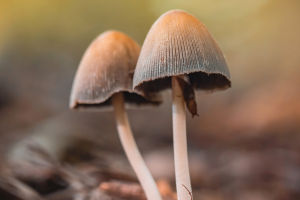Rose is a widely recognized flower belonging to the rosewood plant category. It is a perennial deciduous shrub or semi-common green shrub.
Its flowers are typically composed of multiple petals and come in a diverse range of colors, including red, pink, yellow, white, and more. With approximately 200 different rose varieties in existence, roses have captivated people's attention worldwide.
The origins of roses can be traced back to China around 3,000 years ago. In ancient times, roses were extensively used for medicinal and beautification purposes. It was during the 12th century AD that roses were introduced to Europe, marking the beginning of their global dissemination. Today, one can find roses adorning gardens and flower shops across the world.
Roses vary in terms of shapes and sizes, with some varieties featuring small flowers measuring only a few centimeters, while others showcase larger blooms that can exceed ten centimeters or more. Additionally, the shapes of the flowers also differ, with some varieties displaying tightly packed petals, while others have a looser arrangement.
Roses can be classified into various colors, including red, pink, yellow, white, orange, and purple. Each color carries its own symbolic meaning, such as red symbolizing love and passion, pink representing gentleness and romance, and yellow signifying friendship and happiness.
Cultivating roses is relatively straightforward, as they are adaptable plants that thrive in sunny environments and fertile soil. Regular pruning and fertilization aid in promoting their growth and facilitating flower blooming.
Additionally, specialized breeding has resulted in the development of cold-resistant and disease-resistant rose varieties, enabling roses to be cultivated in a wider range of regions and climates.
The blooming season of roses typically occurs between May and June, with most varieties flowering only once a year. However, certain cultivated varieties have the capability to bloom multiple times within a year. It is worth noting that once cut, roses tend to wilt quickly, making their preservation challenging.
One of the prominent characteristics of roses is their strong fragrance, which surpasses that of other flowers. The distinctive aroma of roses contributes to their higher value, making them sought after for the production of perfumes, cosmetics, and even in the culinary industry.
Roses serve as an important source of essential oils, with rose essential oil being a precious and highly regarded aromatic oil. Its fragrant and enchanting aroma finds extensive application in aromatherapy, massage, and skincare products, offering benefits such as emotional relaxation, mood improvement, and skin health promotion.
Furthermore, rose petals are edible and often used in culinary creations and pastries. They lend a unique floral fragrance and flavor to various dishes, including teas, jellies, candies, sauces, and seasoning, enhancing the overall sensory experience.
Across numerous cultures, roses hold significant symbolic importance. They are commonly regarded as symbols of love, beauty, and purity, and have become a popular flower choice for expressing emotions and commemorating special occasions. Roses play a significant role in celebrations, weddings, anniversaries, and festivals.
Roses frequently feature in literary and artistic works, serving as a source of inspiration. From ancient poetry and stories to modern paintings and music, roses symbolize beauty, romance, and poetic expressions. They are often utilized in literary creations to convey themes of love, beauty, and the complexities of emotions.
Roses embody a captivating beauty that transcends borders and cultures. With their diverse colors, enchanting fragrance, and symbolic significance, roses continue to be cherished and celebrated worldwide.


